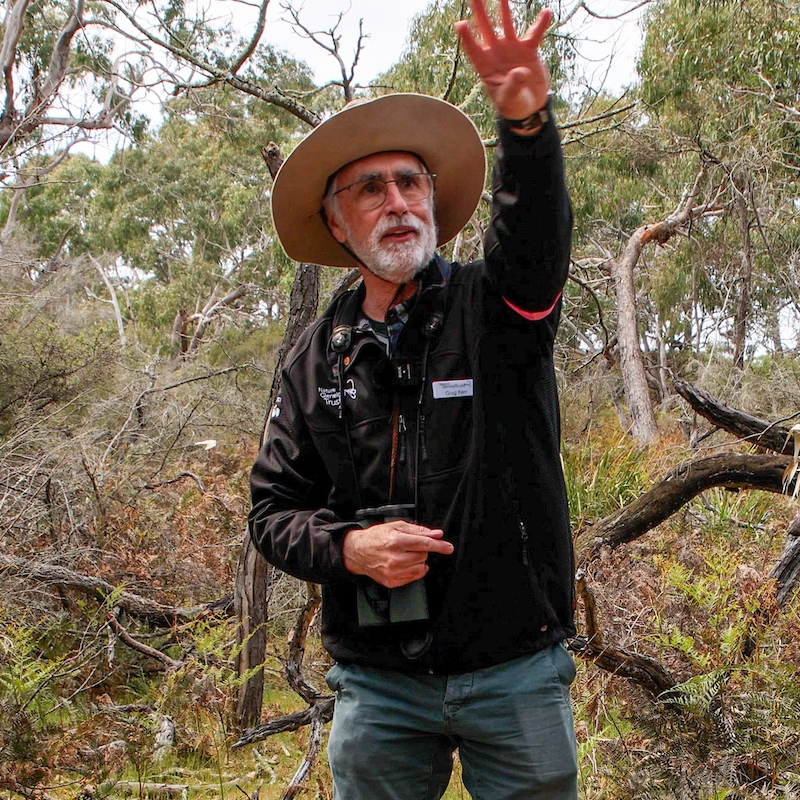Western Woodlands Bird Survey weekend kicks off after three years of citizen science training
Every year in November, Facebook reminds me of perhaps the earliest documented case of a citizen science project. The story goes, that in the early morning of November 12, 1833, the sky over North America seemed to explode with falling stars. They were visible over the entire continent, with estimates that over 72,000 falling stars visible per hour during what must have been an amazing event to witness. Not subscribing to the notion that the event presaged the ‘end of the world’, Yale astronomer, Denison Olmsted sought a scientific explanation, and issued a call to the public via newspapers across the country for information about their observations of the night. He later published his findings which helped advance the scientific understanding of meteors and meteor showers. If you are a stargazer, the Leonid meteor shower is visible in Australia each year when the Earth passes through the ‘tail’ of the Tempel-Tuttle comet but is more spectacular in the Northern hemisphere. Perhaps set a reminder for November 2035 when the next meteor storm is expected. If you were gazing at the night sky in the early hours of November 18th 2023 you may have caught a glimpse of them.
For some of us, the 18th and 19th of November 2023 is another citizen science event of some importance. It is the inaugural data collection weekend for the Western Woodland Bird Survey (WWBS) program!
Followers of our newsletter will know that NGT Senior Ecologist Greg Kerr has been busy training up bird watchers over the past three years to participate in the project, which is intended to become a long-running source of valuable regional biodiversity data. Greg has run over 200 people through 40-hour/10-week intensive training courses across the Glenelg Hopkins CMA region. Most participants had little to no bird watching experienced when they started, and now the freshly minted bird watchers are preparing to go out and collect the first tranche of data for this program. Two hundred and fifty 2-ha quadrats have been randomly selected across the different woodland vegetation communities of the region. With around 50 people out and about collecting bird data this weekend, we hope that it will become an ongoing program that continues into the future, and attracts new participants.
Reliable, repeatable biodiversity data collected over time is a rarity across Australia. Without these kinds of data, it can be a challenge to describe changes in resource condition or the impacts of changed management. The data collected through this program will be entered directly into the Birdata App, from where it can be accessed and analysed into the future. Bird presence/diversity data is relatively easy data to collect. Unlike survey methods for most other taxa, bird survey methods are not invasive, species are relatively easy to distinguish and identify (especially if you’ve done one of Greg’s courses!), little specialist equipment is required (beyond some binoculars) and no permits or scientific training is needed.
If this sounds like something you’d like to get involved in in the future, keep an eye on this newsletter for future bird courses, or email Greg () to register your interest for any future opportunities.
The Implementing an ongoing landscape scale citizen science bird monitoring project is supported by the Victorian Government through the Volunteering Innovation Fund.
Background research, site selection and verification and bird courses has been supported by generous past grant funding from the Ross Trust.



